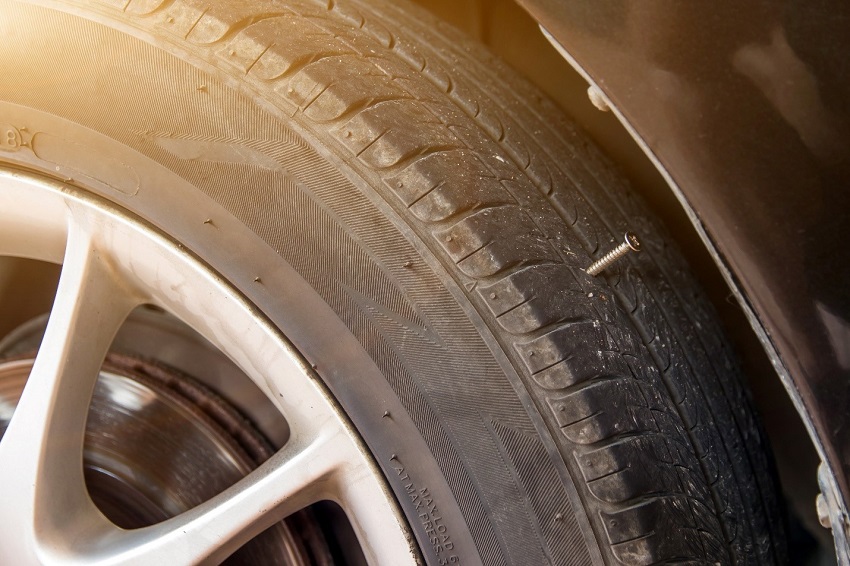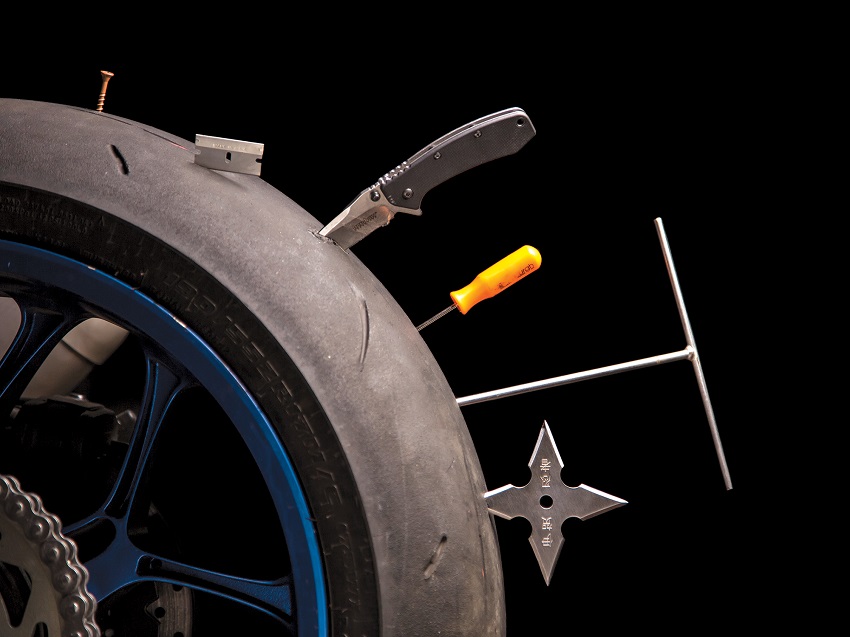Imagine driving along the road and suddenly experiencing a tire puncture. It can be a frustrating situation, but luckily, solutions are available to repair such punctures. One commonly used method is a tire plug, a simple yet effective way to fix a punctured tire temporarily. In this article, we will explore the functionality of tire plugs, address the question of can a tire plug fall out, and discuss the risks associated with dislodged plugs. Additionally, we will provide tips on preventing tire plug failure and offer guidance on repairing a dislodged tire plug.
How does a tire plug work?
A tire plug is a small, flexible piece of rubber or synthetic material designed to seal a puncture in a tire. When properly installed, it creates an airtight seal, allowing the tire to maintain air pressure and be safely driven for a limited period. The process of using a tire plug is relatively straightforward.
First, locate the puncture by inspecting the tire for any visible nails, screws, or sharp objects. Once identified, remove the foreign object carefully. Then, prepare the puncture site using a tire plug kit, which typically includes a tire reamer and insertion tool. The reamer is used to clean the hole, ensuring proper adhesion of the plug. Afterward, insert the plug into the hole using the insertion tool, leaving a small portion of the plug visible outside the tire. Trim any excess plug material, and your tire is ready to be re-inflated.
Can a tire plug fall out?
One common concern among drivers is whether a tire plug can fall out, potentially leading to further complications on the road. While tire plugs are generally reliable, there are factors that may cause them to dislodge over time.
The primary factor determining the longevity and effectiveness of a tire repair or installation is the quality of the workmanship. When assessing whether someone has inserted a screw into your tire, there are several indicators to look for. One crucial sign is the overall quality of the repair or installation. If a plug has been used, examining how well it has been inserted is essential. A shoddy repair job may lead to a weakened plug grip, increasing the likelihood of it coming loose and causing tire issues. Therefore, paying attention to the telltale signs of a screw or foreign object in your tire is crucial to maintaining your safety on the road.
To discover how to tell if someone put a screw in your tire, it is important to regularly inspect your tires for any visible signs of punctures or foreign objects embedded in the tread. Look for screws or nails sticking out or any abnormal bulges on the tire surface. Additionally, pay attention to changes in tire pressure, as a slow leak caused by a screw can lead to gradual deflation over time.
By staying vigilant and promptly addressing any suspected issues, you can ensure the safety and reliability of your tires, minimizing the risks associated with a potentially compromised repair or an inserted screw.
Risks associated with a dislodged tire plug
Driving with a dislodged tire plug can pose several risks. First and foremost, it can result in a sudden loss of air pressure, leading to an underinflated or flat tire. This can compromise the vehicle’s handling, stability, and overall safety. Furthermore, an underinflated tire can cause uneven tire wear, reduced fuel efficiency, and increased braking distance, further jeopardizing the driver’s safety and vehicle performance.
Moreover, if the dislodged plug exposes the puncture site, it can allow moisture, dirt, and other debris to enter the tire. This can lead to corrosion, further damage to the tire, and potentially render the repair ineffective. It is crucial to promptly address a dislodged tire plug to avoid these potential dangers.
How to prevent a tire plug from falling out?
Proper installation and maintenance are key to minimize the risk of a tire plug falling out. Follow these tips to enhance the durability of your tire plug repair:
- Ensure a thorough and proper installation of the tire plug, following the manufacturer’s instructions.
- Use a high-quality tire plug kit that includes reliable tools and materials.
- Avoid driving at excessive speeds or over rough terrain, as this can increase stress on the tire plug.
- Regularly inspect your tires for signs of wear, damage, or any changes in air pressure.
- If you notice any signs of a dislodged tire plug, address the issue immediately to prevent further complications.
Signs of a dislodged tire plug
It’s essential to recognize the signs that a tire plug may have fallen out to take appropriate action promptly. Keep an eye out for the following indicators:
- Loss of air pressure: A gradual or sudden decrease in tire pressure may indicate a dislodged tire plug.
- Visible hole or damage: Inspect the punctured area for any visible signs of damage, such as a hole or a gap around the plug.
- Uneven tire wear: Dislodged plugs can disrupt the tire’s balance and cause uneven wear patterns.
- Handling issues: If your vehicle experiences a change in handling, such as vibrations or pulling to one side, it could result from a dislodged tire plug.
Repairing a dislodged tire plug
If you suspect your tire plug has fallen out, it is crucial to address the issue promptly. Here are the steps to repair a dislodged tire plug:
- Safely park your vehicle in a secure location away from traffic.
- Remove the tire and inspect the punctured area for any damage or signs of a dislodged plug.
- If the plug is missing or damaged, clean the puncture site using a tire reamer to prepare it for a new plug.
- Insert a new tire plug into the puncture hole, ensuring it is properly seated and creating an airtight seal.
- Trim any excess plug material and reinflate the tire to the manufacturer’s recommended pressure.
- Inspect the repaired tire thoroughly to ensure the plug is securely in place.
In cases where you are unsure or uncomfortable performing the repair yourself, it is advisable to consult a professional tire technician to ensure the safety and integrity of the repair.
Conclusion
Tire plugs offer a convenient and effective solution for repairing punctured tires. While they are generally reliable, a tire plug may fall out under certain circumstances. Proper installation techniques, regular inspections, and prompt action in case of a dislodged tire plug are crucial to mitigate this risk. By following the tips in this article, you can enhance the longevity and effectiveness of your tire plug repairs, ensuring a safer and more enjoyable driving experience.





